Rising Disposable Incomes
The increase in disposable incomes across APAC countries is significantly impacting the herbal medicine market. As consumers gain more financial freedom, they are more willing to invest in health and wellness products, including herbal remedies. This trend is particularly evident in emerging economies, where a growing middle class is driving demand for premium herbal products. Market data indicates that the herbal medicine market in APAC is expected to reach a valuation of over $30 billion by 2030, largely fueled by this increase in purchasing power. Consumers are increasingly seeking high-quality, organic, and sustainably sourced herbal products, which aligns with their health-conscious lifestyles. This shift in consumer behavior is likely to propel the herbal medicine market forward, as businesses adapt to meet the evolving preferences of their clientele.
Increasing Health Consciousness
The rising awareness of health and wellness among consumers in APAC is a pivotal driver for the herbal medicine market. Individuals are increasingly seeking natural alternatives to synthetic pharmaceuticals, which has led to a surge in demand for herbal products. According to recent data, the herbal medicine market in APAC is projected to grow at a CAGR of approximately 10% from 2025 to 2030. This shift towards preventive healthcare and holistic approaches is influencing consumer purchasing behavior, as more people prioritize natural remedies for common ailments. The growing trend of self-medication further supports this movement, as consumers are more inclined to explore herbal options for their health needs. Consequently, the herbal medicine market is experiencing a significant transformation, with an expanding consumer base that values the benefits of herbal solutions.
Growing Interest in Preventive Healthcare
The increasing focus on preventive healthcare is a significant driver for the herbal medicine market in APAC. Consumers are becoming more proactive about their health, seeking ways to prevent illness rather than merely treating symptoms. This shift in mindset is leading to a heightened interest in herbal remedies, which are often viewed as natural and holistic options for maintaining health. Market trends suggest that the herbal medicine market in APAC could see substantial growth, with an expected CAGR of around 8% over the next five years. The emphasis on preventive measures aligns with the broader healthcare landscape, where individuals are encouraged to adopt healthier lifestyles. Consequently, the herbal medicine market is likely to thrive as consumers increasingly turn to herbal solutions for their wellness needs.
Cultural Heritage and Traditional Practices
Cultural heritage plays a crucial role in shaping the herbal medicine market in APAC. Many countries in the region have a long-standing tradition of using herbal remedies, which is deeply embedded in their cultural practices. This historical context fosters a strong consumer preference for herbal products, as they are often perceived as safer and more effective than conventional medicines. For instance, traditional Chinese medicine and Ayurveda are widely recognized and practiced, contributing to the growth of the herbal medicine market. The integration of these traditional practices into modern healthcare systems further enhances the credibility and acceptance of herbal products. As a result, the herbal medicine market benefits from a rich tapestry of cultural knowledge, which continues to influence consumer choices and drive market expansion.
Technological Advancements in Herbal Research
Technological advancements in research and development are transforming the herbal medicine market in APAC. Innovations in extraction techniques, quality control, and product formulation are enhancing the efficacy and safety of herbal products. The application of modern scientific methods to traditional herbal practices is fostering a new era of product development, which appeals to a broader audience. For instance, the use of advanced analytical techniques allows for better identification of active compounds in herbs, leading to more effective formulations. This scientific validation of herbal remedies is likely to increase consumer trust and acceptance, thereby expanding the market. As research continues to evolve, the herbal medicine market is poised to benefit from improved product offerings that cater to the needs of health-conscious consumers.


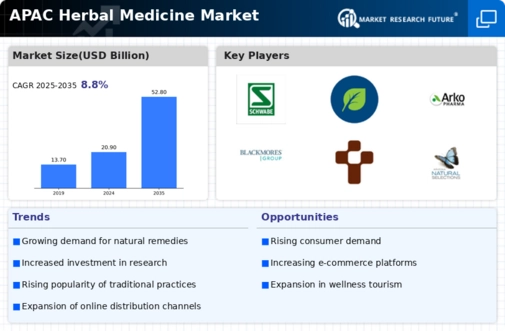

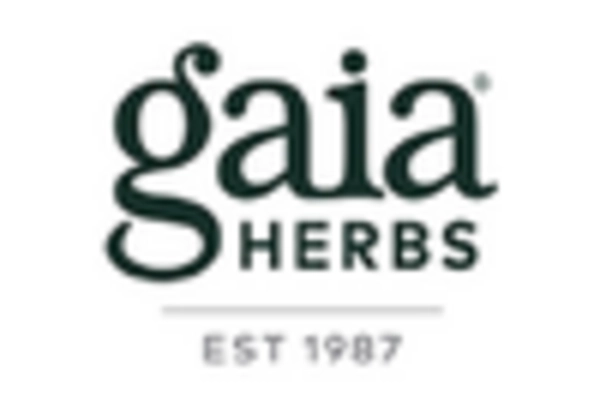
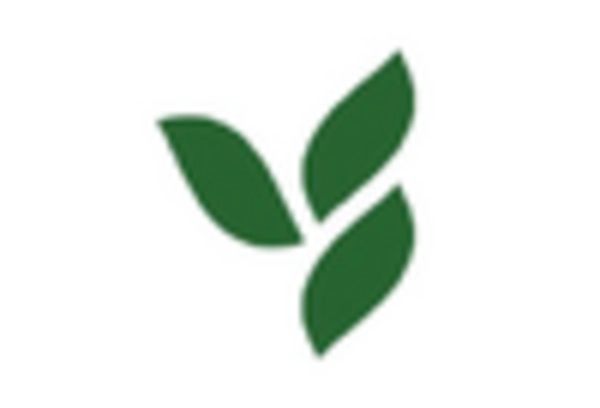

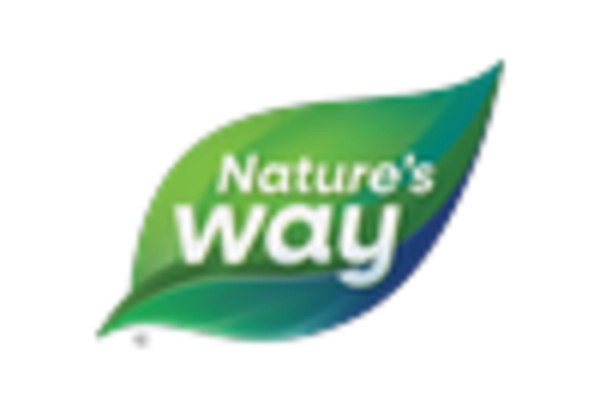
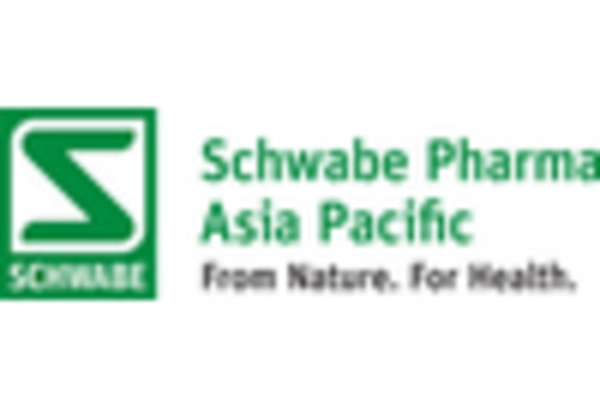









Leave a Comment